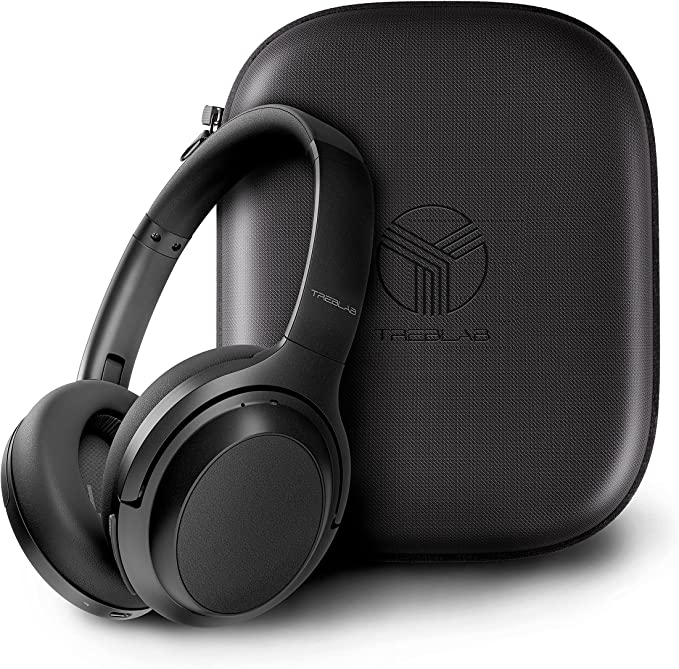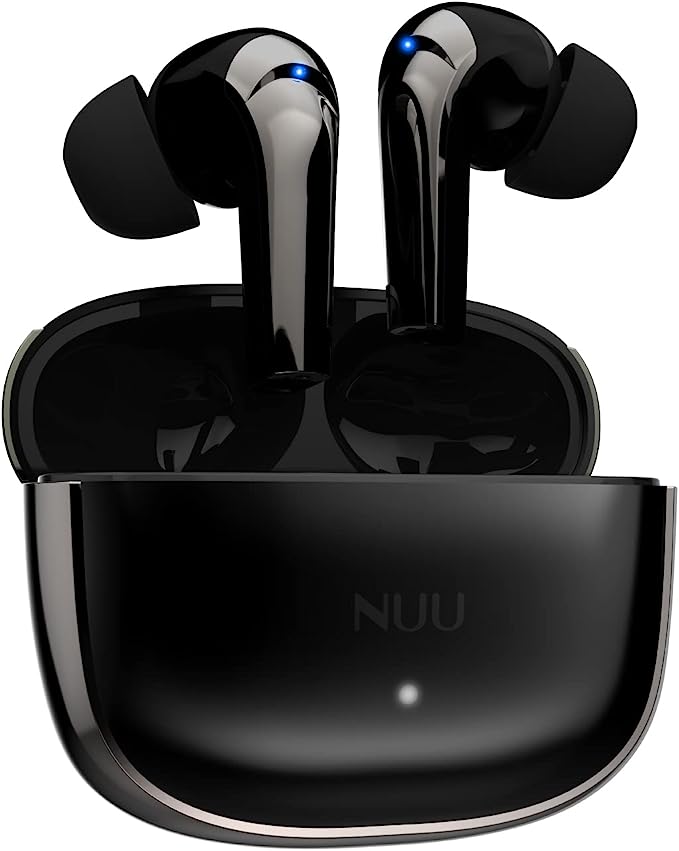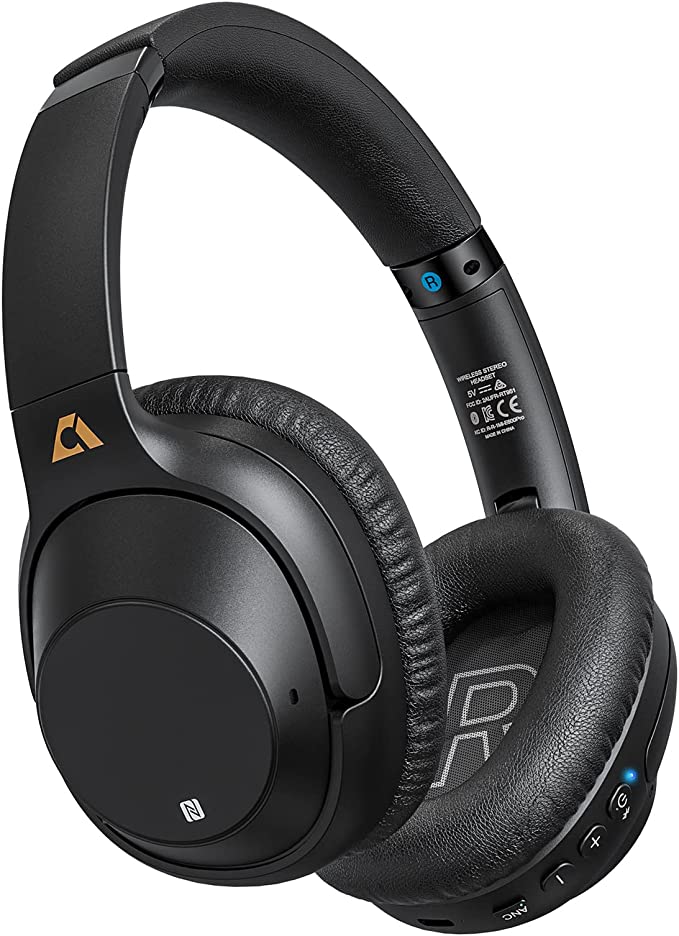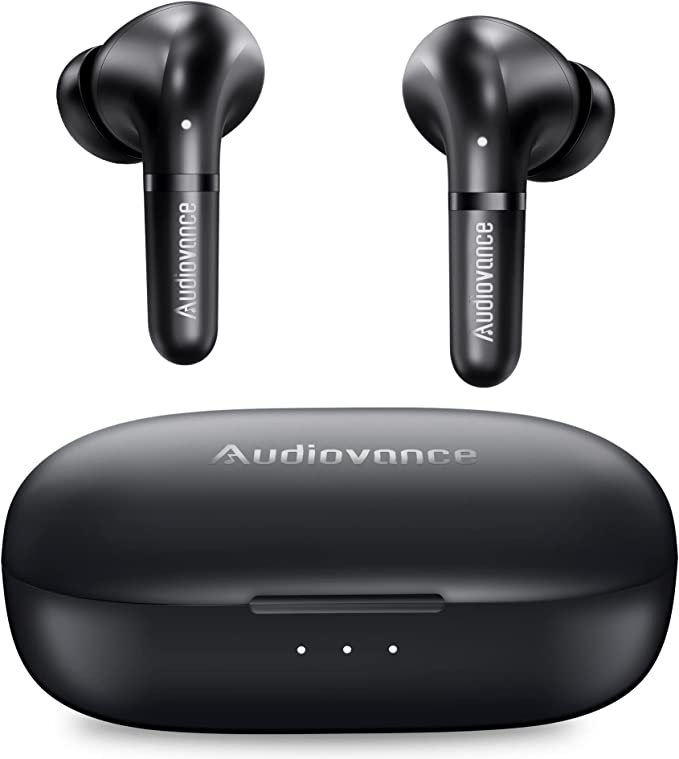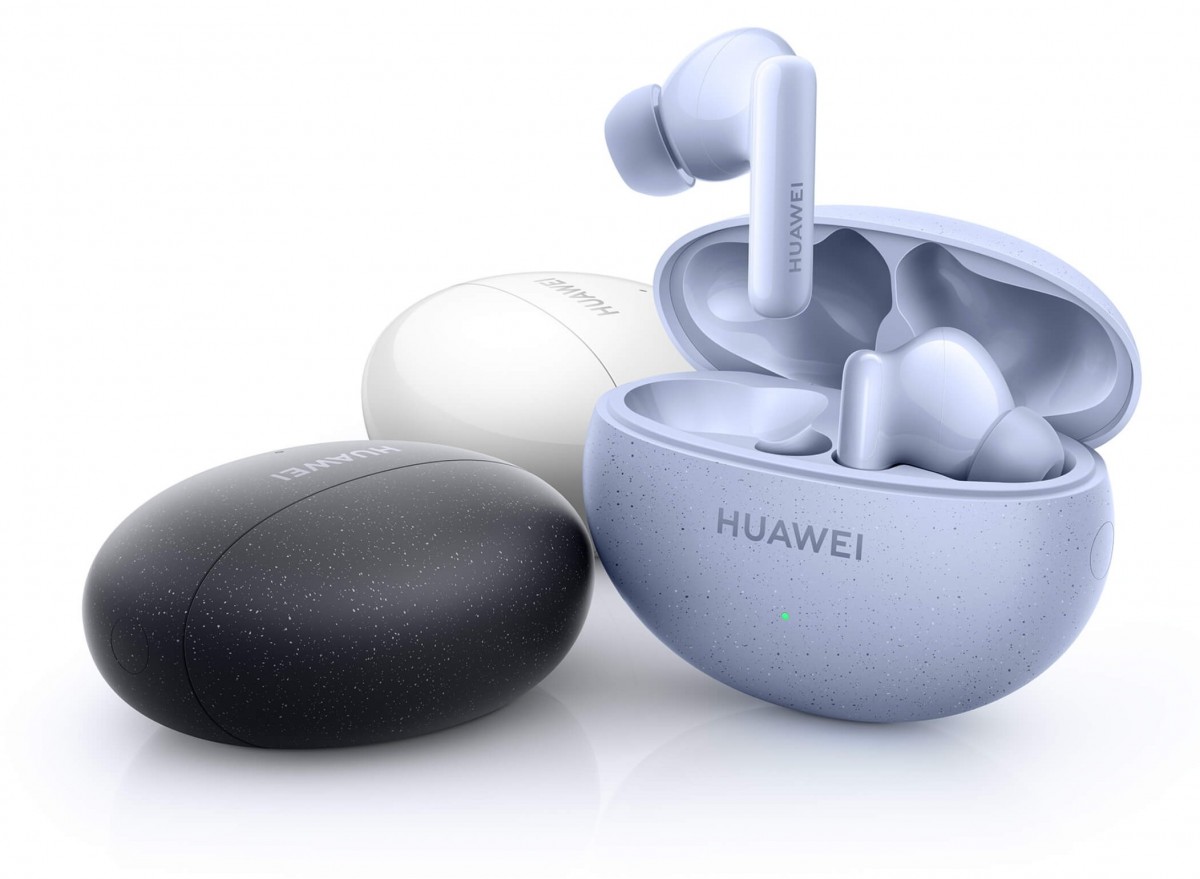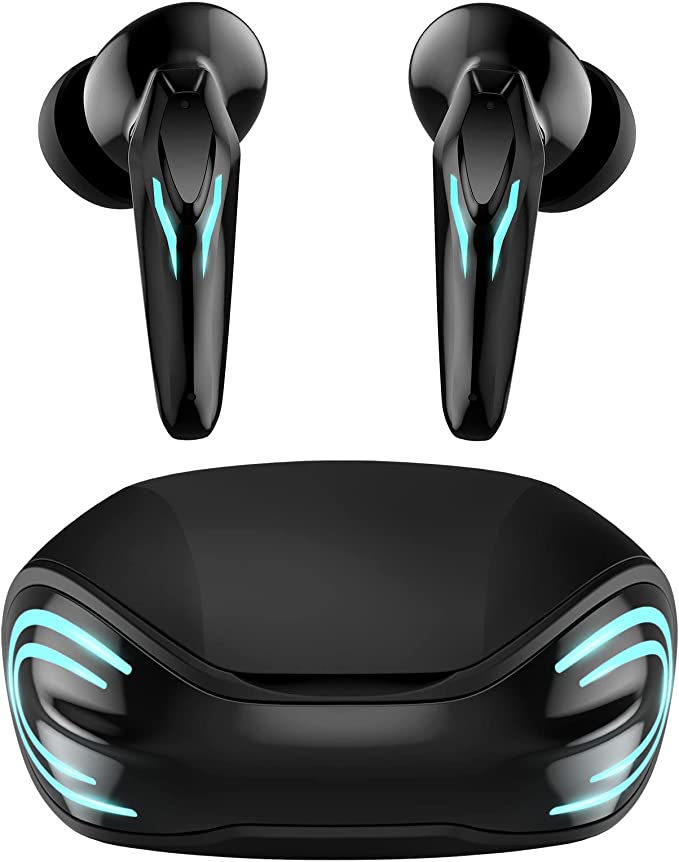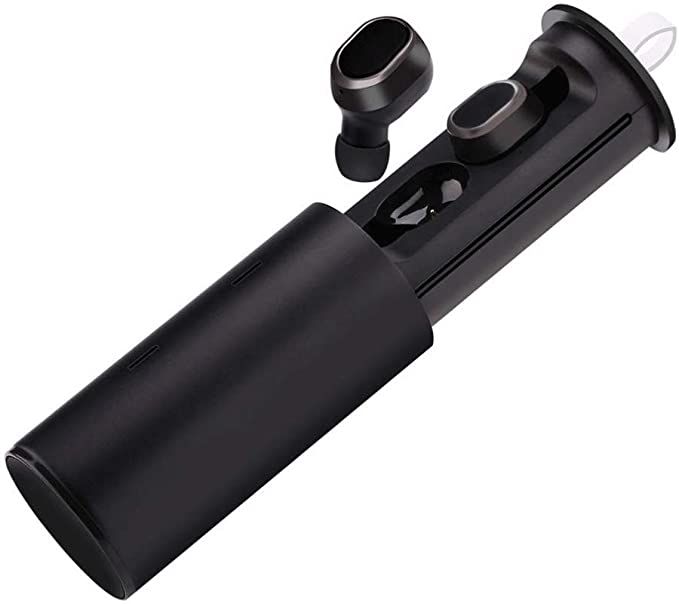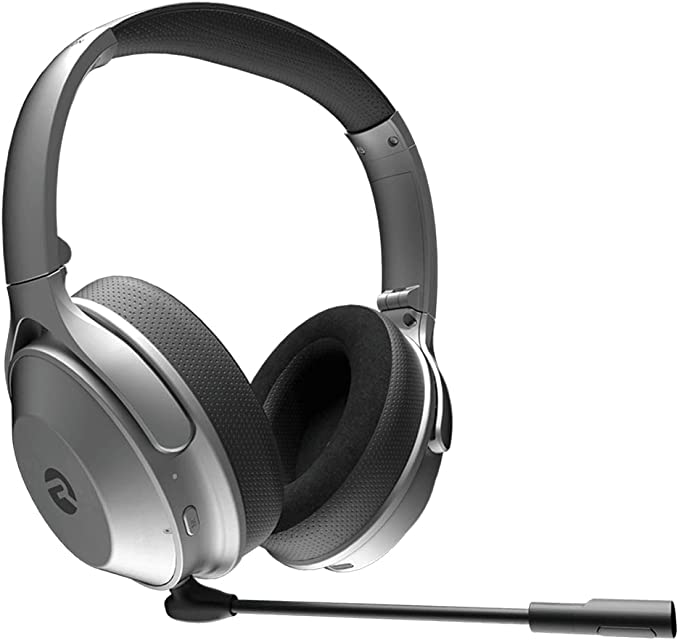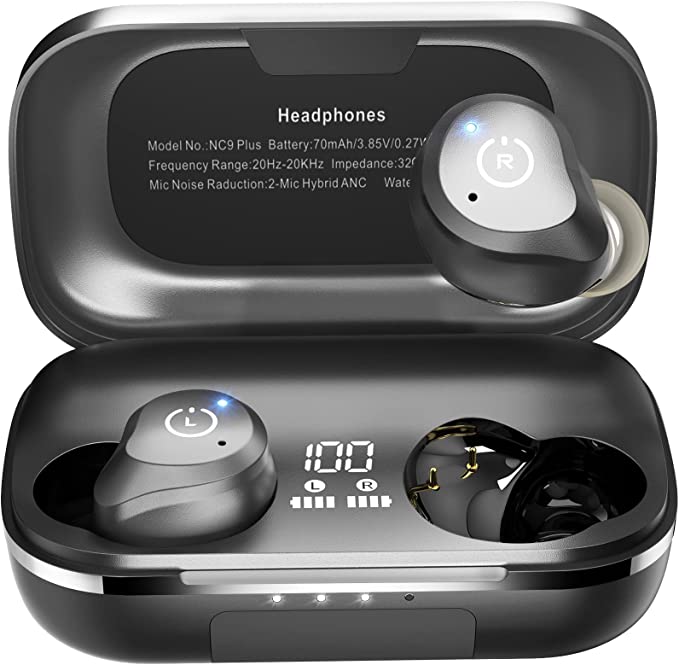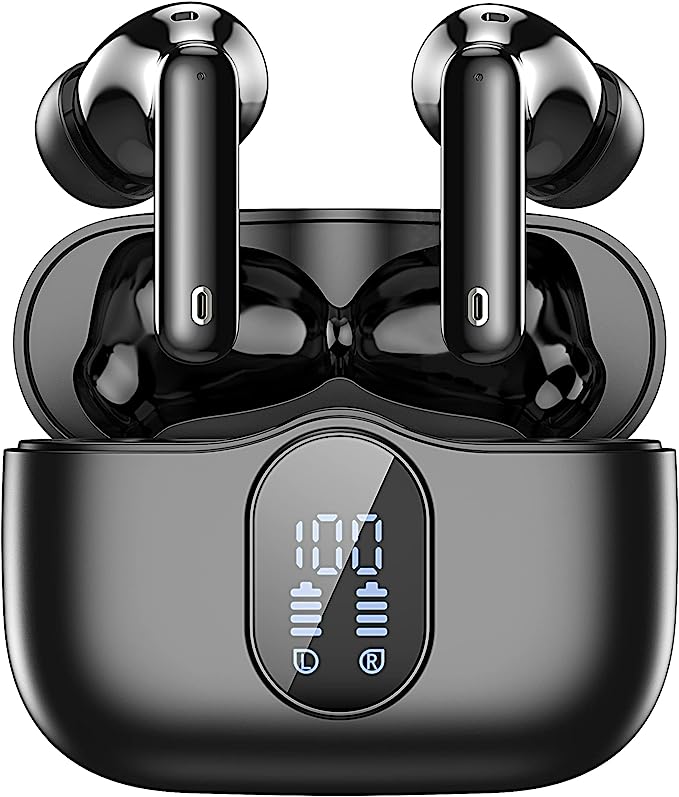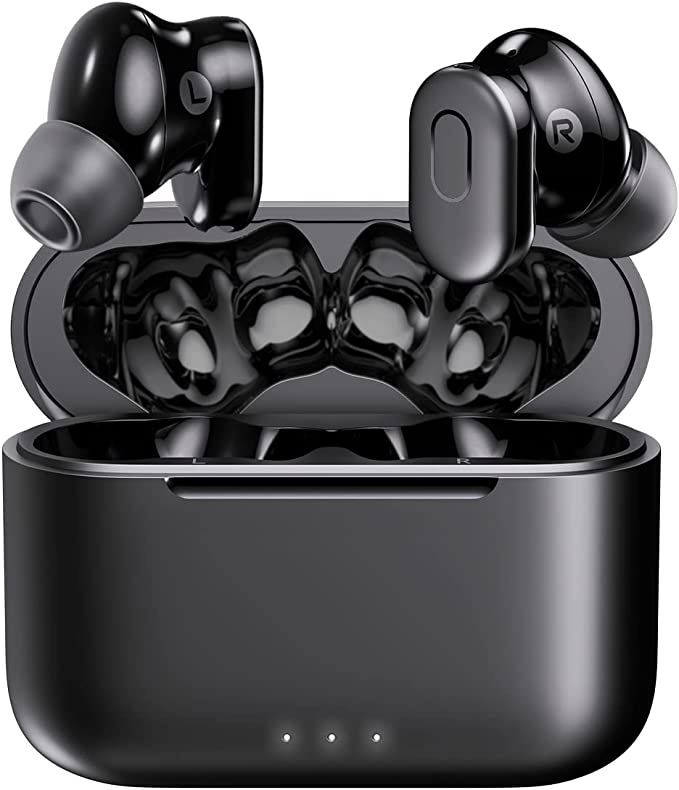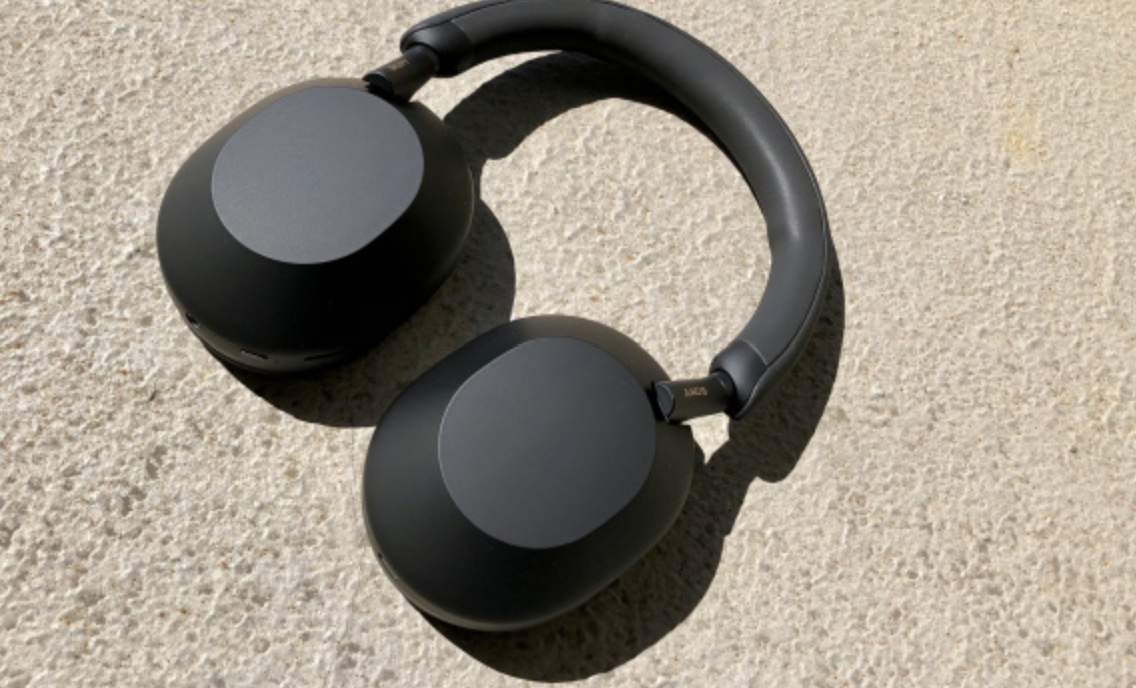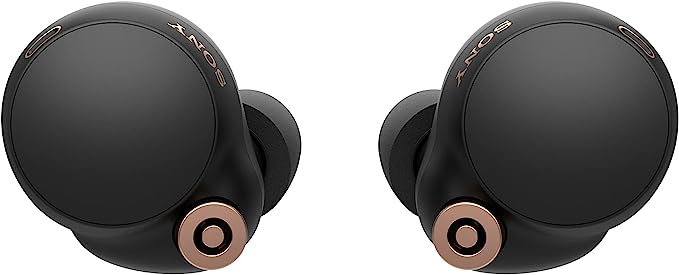The Physics of Silence: Decoding 30dB Reduction and Acoustic Sealing
Update on Nov. 23, 2025, 8:38 p.m.
In modern urban environments, silence has transformed from a default state into a luxury commodity. The relentless hum of HVAC systems, the drone of traffic, and the cacophony of open-plan offices constitute a constant “cognitive tax” on our brains. To reclaim our focus, we turn to technology: Active Noise Cancellation (ANC).
Historically, this technology was gated behind high price points, reserved for frequent flyers and audiophiles. However, devices like the Status Core ANC Headphones signify a shift in the market—the democratization of acoustic privacy. By examining the engineering behind this device, we can understand how physics, not just price, dictates the quality of silence.

The Mathematics of “Minus 30dB”
The Status Core ANC claims a noise reduction of “up to 30 decibels.” To the uninitiated, 30 might seem like a small number. However, the decibel (dB) scale is logarithmic, not linear.
In acoustic physics, a reduction of 10dB roughly represents a halving of perceived loudness. A reduction of 30dB is monumental. It signifies that 99.9% of the sound energy is being attenuated before it reaches your perception. * 10dB reduction: 1/10th of the sound energy remains. * 20dB reduction: 1/100th of the sound energy remains. * 30dB reduction: 1/1000th of the sound energy remains.
This is achieved through Destructive Interference. The headphones use built-in microphones to sample ambient noise (like the low rumble of a jet engine). The internal Digital Signal Processor (DSP) then generates an “anti-noise” sound wave that is the exact inverse phase (180 degrees) of the noise. When these two waves collide, they mathematically sum to zero.
[Image of sound wave destructive interference diagram]
This “acoustic alchemy” allows a $79 device to punch well above its weight class, provided the sampling rate of the DSP is fast enough to keep up with the changing environment.

The Fortress of Solitude: Passive Isolation Engineering
Active cancellation is only half the battle. High-frequency sounds (like human voices or keyboard clicks) move too fast for many ANC algorithms to fully counter. This is where Passive Noise Isolation becomes critical.
The Status Core ANC utilizes “plush vegan-leather earpads” not merely for ethical marketing, but for acoustic sealing. The material properties of the ear pad—specifically its density and compliance—determine how well it can conform to the irregular geography of the human jaw and skull.
A perfect seal creates an airtight chamber. This physical barrier reflects high-frequency sound waves, preventing them from entering the ear canal. In engineering terms, the headphones function as a low-pass filter, physically blocking high frequencies while the ANC electronics handle the low frequencies. The synergy between these two systems is what creates the “cone of silence” effect.

The Hybrid Utility: Wired Meets Wireless
One of the most overlooked features in modern audio is the humble 3.5mm jack. In an era where flagship phones have abandoned it, the Status Core ANC retains it as a strategic redundancy.
Wireless is convenient, but it introduces latency and compression. The ability to switch to a wired connection offers two distinct engineering advantages:
1. Zero-Latency Monitoring: Critical for video editing or gaming where Bluetooth lag is unacceptable.
2. Failsafe Operation: Unlike pure wireless buds that become paperweights when the battery dies, these headphones can continue to function as standard passive drivers via the cable.
This hybrid approach acknowledges that technology should adapt to the user’s environment—whether that’s a wireless commute or a wired session at a mixing console.

Energy Economics: The Cost of Processing
Silence requires energy. The Status Core ANC offers 30 hours of playback with ANC off, dropping to 20 hours with ANC on. This 10-hour delta is the “energy tax” of silence.
The internal processor must constantly sample, analyze, and invert sound waves thousands of times per second. This computational load draws significant current from the battery. Understanding this trade-off allows users to manage their “energy budget.” For casual listening in a quiet room, turning ANC off extends the device’s lifespan by 50%. For a noisy subway ride, the battery cost is a worthy investment for cognitive peace.

Conclusion: Silence as a Utility
The Status Core ANC represents a functionalist approach to personal audio. It strips away the brand premium to focus on the core physics of noise control: Destructive Interference for low frequencies and Physical Sealing for high frequencies.
By understanding the science behind the “30dB” claim and the utility of the wired backup, consumers can make informed decisions. Silence is no longer a luxury reserved for the business class; it is a utility available to anyone who understands the technology.


